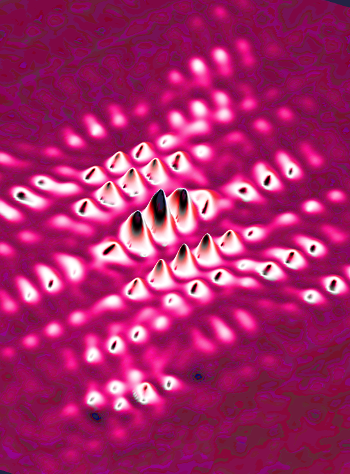Sticky tape key to quantum comms
 Experts say sticky tape can protect people from computer hackers, but not in the way many might think.
Experts say sticky tape can protect people from computer hackers, but not in the way many might think.
It has become fairly commonplace for people to cover the webcam and microphone on their personal computer with a piece of sticky tape. This is often based on the concern that hackers may take over the camera and use it to take compromising photos of the user, or to eavesdrop on conversations using the microphone. Even Facebook boss Mark Zuckerberg is known to employ this piece of DIY cyber-security.
But Australian researchers are using sticky tape for an entirely different, and much more advanced, type of security.
Quantum communication promises an incredible new level of security, almost impossible to break. However, the concept is still in its early development and is currently feasible only in very limited fields due to the costs associated with fabricating the required devices.
The development of fully functional quantum communication technologies has previously been hampered by the lack of reliable quantum light sources that can encode and transmit the information.
In a new paper researchers describe a new platform to generate these quantum emitters based on hexagonal boron nitride, also known as white graphene.
Where current quantum emitters are created using complex methods in expensive clean rooms, these new quantum emitters can be created using $20 worth of white graphene pressed onto a piece of adhesive tape.
The 2D materials can be pressed onto a sticky surface such as adhesive tape and exfoliated, which is essentially peeling off the top layer to create a flex.
Multiple layers of this flex can then be assembled in a Lego-like style, offering a new bottom up approach as a substitute for 3D systems.
“2D materials, like hexagonal boron nitride, are emerging materials for integrated quantum photonics, and are poised to impact the way we design and engineer future optical components for secured communication,” says researcher Dr Igor Aharonovich.
In addition to this evolution in photon sources, the team has developed a high efficiency on-chip waveguide, a vital component for on-chip optical processing.
“Low signal levels have been a significant barrier preventing quantum communications from evolving into practical, workable models,” Dr Chi Li says.
“We hope that with this new development, quantum comms will become an everyday technology that improves people’s lives in new and exciting ways.”
The full study is accessible here.







 Print
Print